Though in his late fifties, Jeneshan Salapi, an ethnic Kazakh herdsman, moves with the fluid grace of youth when performing the traditional eagle dance of the ethnic group.
"The eagle's head pivots six ways, a gift no other bird has," he said, arching his neck and sweeping his arms like wings, embodying the raptor's hunt. He hails from Aksu Township in Urumqi, capital of northwest China's Xinjiang Uygur Autonomous Region, nestled beneath the snow-capped Bogda Peak of the Tianshan Mountains.
As the fourth-generation inheritor of the art, now recognized as intangible cultural heritage in the region, Salapi began training with his father at the age of five.
After years of learning, he has mastered the dance's hypnotic movements. His eagle costume -- a 20-kg masterpiece -- is stitched from black goatskins and built with springs and pulleys. The neck bends like a living joint, and the beak is carved from cattle horn.
When the music swells, Salapi transforms. Head thrusts, spiraling twists and sweeping dives bring the eagle's spirit to life. In the climactic "falcon hunts fox" sequence, every gesture captures centuries of nomadic resilience, tenacity, struggle and triumph.
"True eagle dance flows from understanding falconry's soul," he explains. "Every flick of the wing and every turn of the head hold meanings known only to those raised with eagles." This dance is an artistic hymn to falconry, once vital to the survival of ethnic Kazakh people on the steppes where horses and eagles were hunting partners.
Salapi's connection to this tradition runs deep. From boyhood, he studied eagles' instincts, blending careful observation with ancestral wisdom in his art. "Eagles are family members to us rather than tools," he said. "Falconry is culture. Knowing we must release them back to the wild makes every moment sacred. That bond inspired this dance."
According to Salapi, his ancestors performed the dance at festive occasions like weddings. Today, the folk dance thrives on stages as a carefully preserved heritage. At Aksu's Eagle Dance Square -- a cultural hub rich with traditional motifs -- visitors can experience its power firsthand.
"This dance is my ancestors' legacy. Passing it down is my duty," he says. Today, his eldest son is also learning from him the art.
The cultural preservation policies rolled out by the local government have amplified his mission. Besides establishing the public square dedicated to the traditional dance, local authorities grant him an annual stipend of around 4,800 yuan (about 670 U.S. dollars) as a representative inheritor of the region. He also teaches at local schools.
Thanks to short videos sweeping social media, Salapi's name has spread throughout Urumqi. He also appeared on a popular Chinese variety show, where he taught celebrity guests the dance. Bringing this time-honored ethnic art to wider audiences has earned him acclaim across Xinjiang and beyond.
A region boasting multiple ethnic groups, Xinjiang has ensured protection of over 9,000 intangible heritage items -- ranging from national to county level. It supports more than 10,000 inheritors, creating a vibrant mosaic of living traditions.
The dance has also brought tangible economic gains to Salapi, whose mode of transportation has evolved -- from horse to motorcycle and now to family cars.
In recent years, a township camel cooperative has helped boost his income, with more than 40 camels generating over 200,000 yuan annually from milk sales.
"While young people today have embraced modern lives far from their nomadic roots, their growing passion for the eagle dance ensures this heritage not only survives but echoes well beyond the mountains," he said.
(Interns Yang Yi, Yu Peishan, Chen Kangli, Zhang Xiaorong, Li Ruiquan and Liu Keyi also contributed to the story.)

.jpg)
.png)
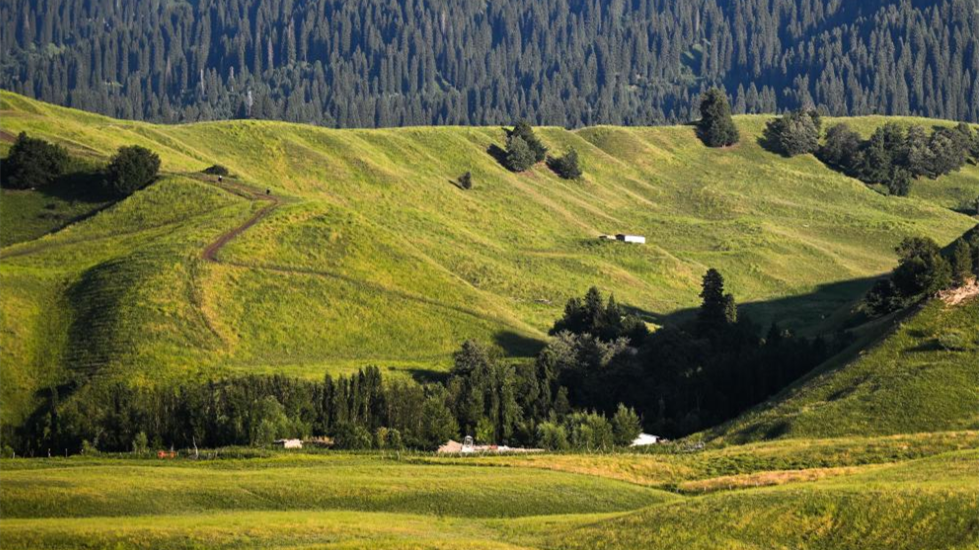
.png)
.jpg)
.jpg)
.png)
.jpg)
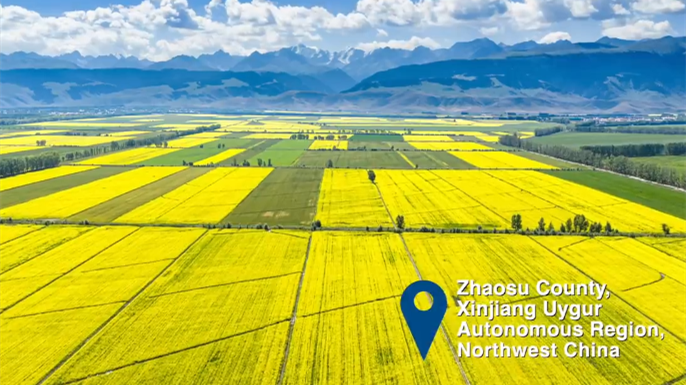
.jpg)

.png)
.jpg)
.png)
.png)
.jpg)
.png)
.png)
.jpg)
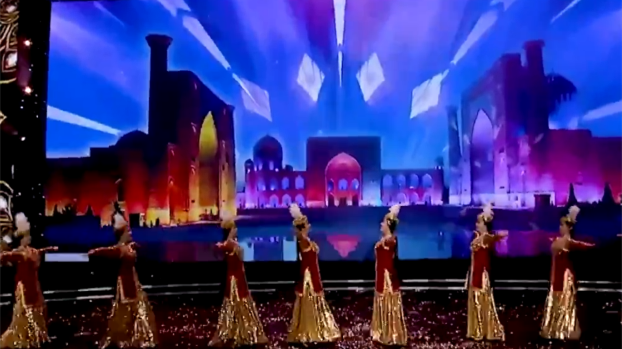

.png)
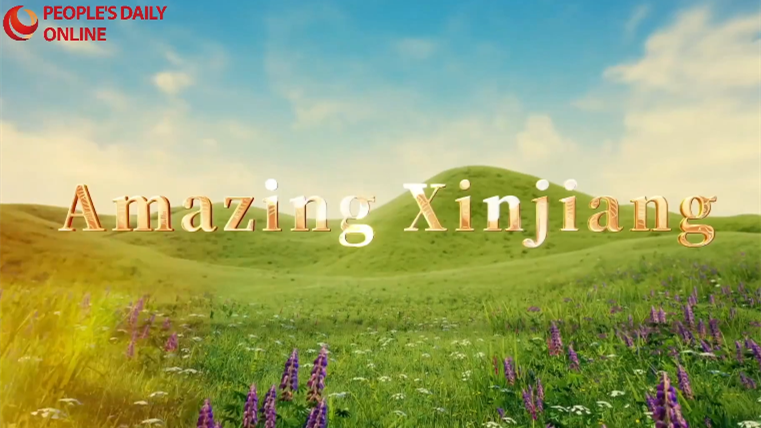
.png)
.png)
.png)
.png)
.png)

.png)

.png)

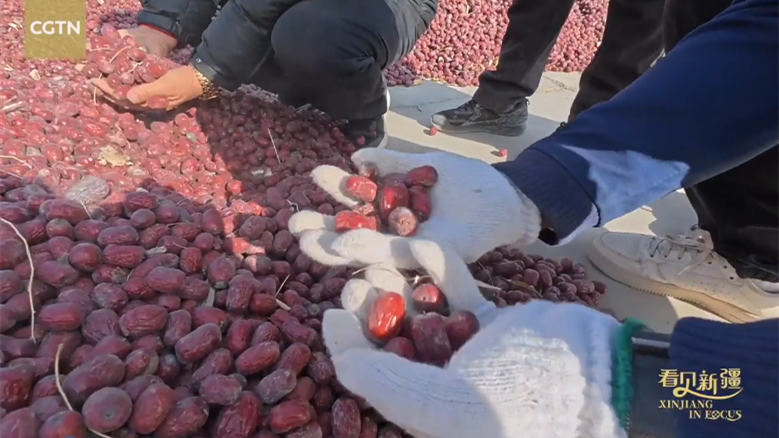
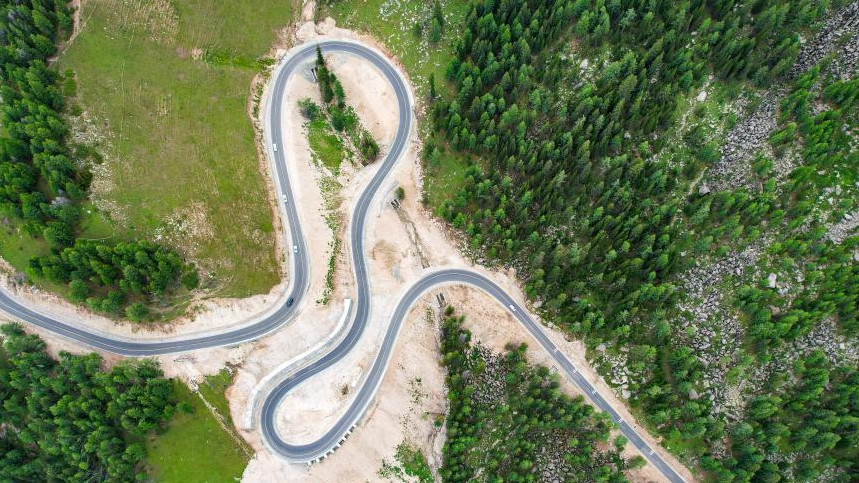
.png)

.png)
.png)

.png)

.png)

.png)

